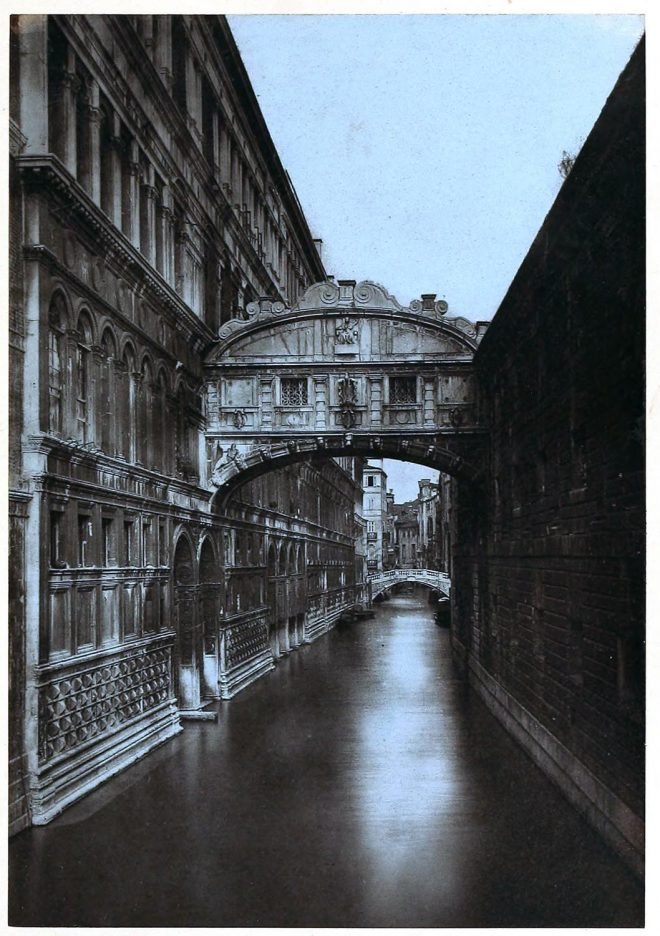The Paulus Emilius series, as previously stated, was woven in the third quarter of the XVII century. It showed the Roman hero clad in a sumptuous robe …
Category: Baroque
The escape of Charles II after the Battle of Worcester, 1651.
King Charles II escaped, and now entered upon a scene of adventures the most romantic that can be imagined.
Uniforms of the French Guards since their creation. Costumes of Soldiers.
The French guards since their creation. Soldiers in the 17th and 18th century. Uniforms of Pikiner, Flag bearer, Tambour, Musketeer, Officer.
Female fashion. The Capote. The Muff. The Baskine. Reign of Louis XIV.
Female fashion. Second half of the reign of Louis XIV. The Capote, The Muff. The Fontange. The Baskine. The lace apron. The House Dresses.
The origin of the coiffure à la Fontanges under Louis XIV.
Ladies of high standing in the transition from the 17th to the 18th century, after rare coloured copper engravings of that period. Female fashion of the baroque in the 17th and 18th century.
France. The elegant world of rococo in the 18th century.
The elegant world in the 18th century. Women of the people. Officer of the royal house. Stocking and lace maker. (1735-1755).
Pendulum clock gilded bronze. Lighters Epoch of regency.
This watch is said to have belonged to Madame du Barry. Pendulum clock gilded bronze. Model by Jean-Joseph de Saint-Germain (Paris 1719-1791). Louis XV era. Pavillon de Louveciennes
Goldsmiths’ work and jewelry by Gilles L’Egaré. France 18th century.
Some of the clasps, called châtelaines, with which this plate is filled, belong to the style which was in fashion from 1719 to 1745
The Bridge of Sighs as the centre of the Byronic idea of Venice.
No other city is so fascinating to the imagination, so rich in associations, or so picturesque, as Venice.
The palanquin. France 18th century. Louis Quinze style furniture.
Europe. 18th century. France. Magnificent armchair. Second half of the century. The palanquin.










